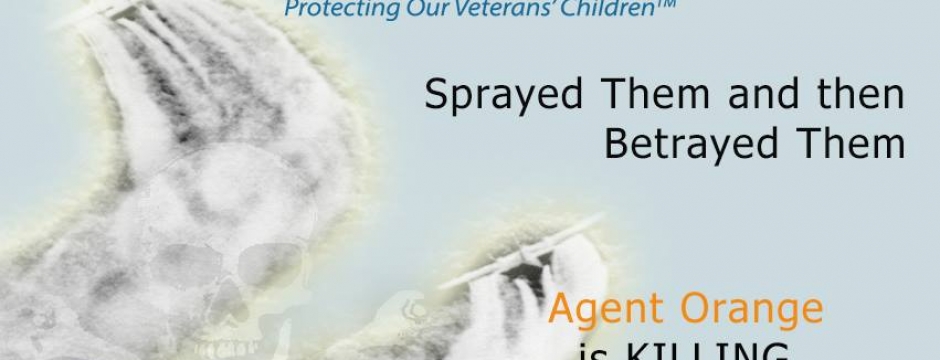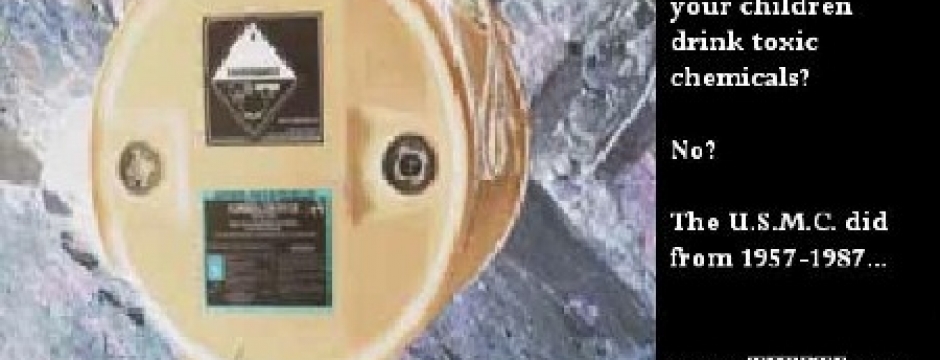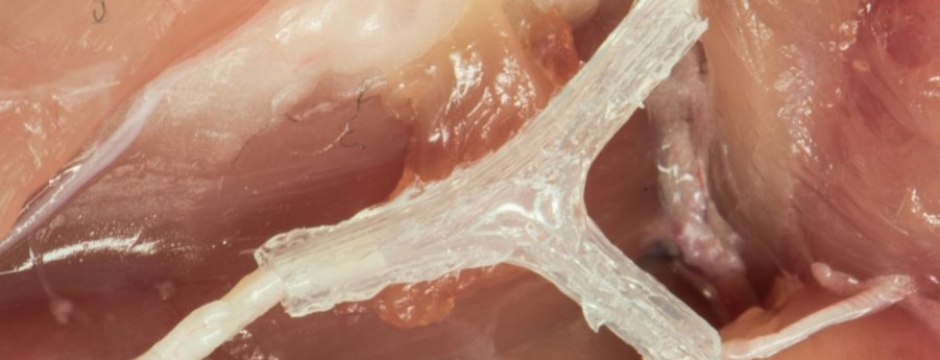- Vietnam
- Gulf Wars
- Cold War Era
- Military Installations
- PTSD/TBI
- Other
Guam
- Another case confirms AO on Guam
- Guam Hospital Development Foundation Commits to Support Cancer Coalition
- Progress seen on Urunao cleanup project
- Veterans: We sprayed Agent Orange on Guam
- Superfund Site Progress Profile ANDERSEN AIR FORCE BASE
- Reports link Agent Orange exposure and birth defects
- Agent Orange Guam; No Winning Side
- ANOTHER veteran who was stationed at Andersen Air Force Base from 1962 to 1965 won his claim for disability benefits based on medical findings which showed that his illness was the result of his exposure to Agent Orange. The decision issued by the Department of Veterans on April 16 was the fourth case won by veterans who were deployed to Guam in the 1960s. All four cases confirmed dioxin contamination at AAFB. Learn more
- “A Veteran who served in Vietnam between January 9, 1962 and May 7, 1975, is presumed to have been exposed to Agent Orange,” said Mesa. “U.S. Veteran’s Affairs had identified twelve illnesses to be service-connected during this time period, including prostate cancer, which automatically entitles Veterans with full benefits associated with any tests or procedures related to prostate cancer,” added Mesa. “Considering the high rate of prostate cancer on Guam, I feel it is important for our Veteran community and all members of our community, to become more aware of early detection methods and information available to them about prostate cancer,” added Mesa.
- The $13 million cleanup project beginning at Urunao is drawing a lot of attention. Around 1945, the U.S. Air Force had used the cliffside as a dumping ground for all sorts of non-biodegradable materials. Now, the U.S. Environmental Protection Agency, the Guam EPA and Andersen Air Force Base are moving to right the wrongdoings of the past. Learn more
- In denying Stanton’s claim, the appeals court said the veteran failed to establish service connection to herbicide exposure, noting that he did not serve in Vietnam. Vietnam is the only place covered by current law that compensates veterans for dioxin and radiation exposure based on the “boots on the ground” principle. Learn more
- This profile provides you with information on EPA's cleanup progress at this Superfund site. This information includes: Site Location, Cleanup Progress Summary, Cleanup Impact Summary, Contamination, and Cleanup Progress. Learn more
- Cash’s family didn’t make the connection at the time. “I was just a sick little boy who needed many blood transfusions to survive,” Cash said. He has since made the connection between his health problems and the use of Agent Orange on Guam. Learn more
- Vets stick by claims; nation refuses to admit chemical was spilled on island Learn more
Agent Orange-The Story of Two Soldiers
Sadly many veterans are still affected by and haunted by their service during the Vietnam Era.
LEARN MOREPoint Paper on Agent Orange Guam
Using Phenoxy Herbicides Effectively 2,4-D 2,4,5-T MCPA, Silvex 2,4-DB
LEARN MOREVeteran seeks probe into Agent Orange use in Guam
A RETIRED airman is seeking a congressional inquiry into the use
of Agent Orange in Guam,
LEARN MORELIBRARY
Agent Pink
Agent Pink is the code name for a powerful herbicide and defoliant used by the U.S. military in its herbicidal warfare program during the Vietnam War Vietnam War. The name comes
Agent White
Agent White is the code name for a herbicide used by the U.S. military in its herbicidal warfare program during the Vietnam War. The name comes from the regulatory requirements of
Agent Green
Agent Green is the code name for a powerful herbicide and defoliant used by the U.S. military in its herbicidal warfare program during the Vietnam War. The name comes from the
Post-Vietnam Dioxin Exposure in Agent Orange-Contaminated C-123 Aircraft – 1972 to 1982
According to the report, from 1972 to 1982, approximately 1,500 to 2,100 Air Force Reserve personnel trained and worked on C-123 aircraft that previously had been used to spray























